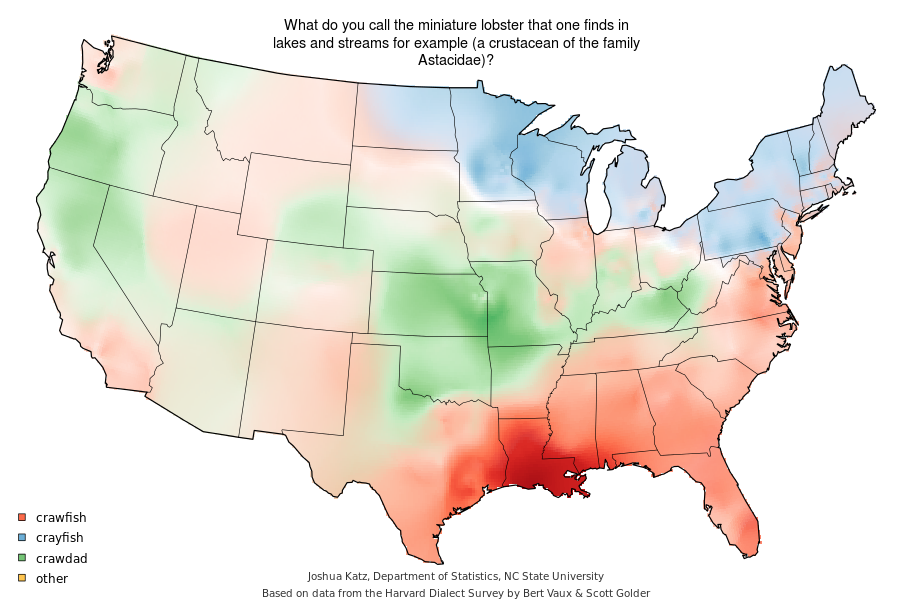In this episode of the podcast we explore Chapter II- Variation Under Nature from the 6th edition of Charles Darwin’s Origin of Species. One of the big themes Darwin explores in this chapter is the arbitrariness in defining a species and how to differentiate species from a variety or subspecies.
Sarah brought up the example of ring species, in particular we talked about the herring gull species complex that circumnavigates the northern hemisphere. The ring species model (also called rassenkreis) of speciation was first developed in 1942 by Ernst Mayr (yes, the same Ernst Mayer mentioned by Josh) and it proposes that as a population disperses around a large scale geographical barrier (e.g., ocean, mountain ranges, etc) the sub-populations diverge genetically with distance from the ancestral original population. Ultimately when these sub-populations meet again on the other side of the barrier they have diverged so much as to become reproductively isolated. In our conversation we discussed the herring gull species complex and mentioned the salamander species complex from the California central valley as examples of ring species. More recent research has questioned if these two are actually examples of Mayr’s ring species model but instead are products of the standard allopatric speciation model which requires the populations to become reproductively isolated from the parental population and speciation occurs as the sub-population become adapted to their local environmental conditions.
Regardless of the speciation model that is occurring, the herring gull complex exhibits a great array of interbreeding subpopulations that blurs the line between species and subspecies and it illustrates intermediate forms in the speciation process. The figure below is from a 2004 paper that challenges the view that the herring gulls are an example of a true rassenkreis.

Figure on the left represents the classic view, as described in our
podcast, of how the herring gull species complex came about. The new
alternative mode, figure on the right, reveals multiple origins, allopatric speciation
events, and more complex dispersal patterns.
We also discussed Carl Linne’ (Linnaeus) and the organization
scheme he proposed in 1735 that involves nested hierarchies: Kingdom > Phyla
> Class > Order > Family > Genus > Species which we still use
today. James noted how Linnaeus looked
like Ed Asner with a wig and questioned Linnaeus’ decision to use himself as
the type specimen for all Homo sapiens.
 |
| Modern Carl Linnaeus as portrayed by Ed Asner |
 |
| Type specimen that represents all humans |
We also discussed regional dialects and mentioned a great
website (http://spark.rstudio.com/jkatz/SurveyMaps/)
where you can compare how various words
and phrases are used around the United States. Here is the map James referred
to in the podcast concerning the use of the term crawdad or crayfish or
crawfish.
Go here if you want to map the geographical origin of your
own linguistic tendencies.
Interlude music within the podcast is "Maccary Bay" Kevin MacLeod (incompetech.com) Licensed under Creative Commons: By Attribution 3.0 http://creativecommons.org/licenses/by/3.0/
Interlude music within the podcast is "Maccary Bay" Kevin MacLeod (incompetech.com) Licensed under Creative Commons: By Attribution 3.0 http://creativecommons.org/licenses/by/3.0/

